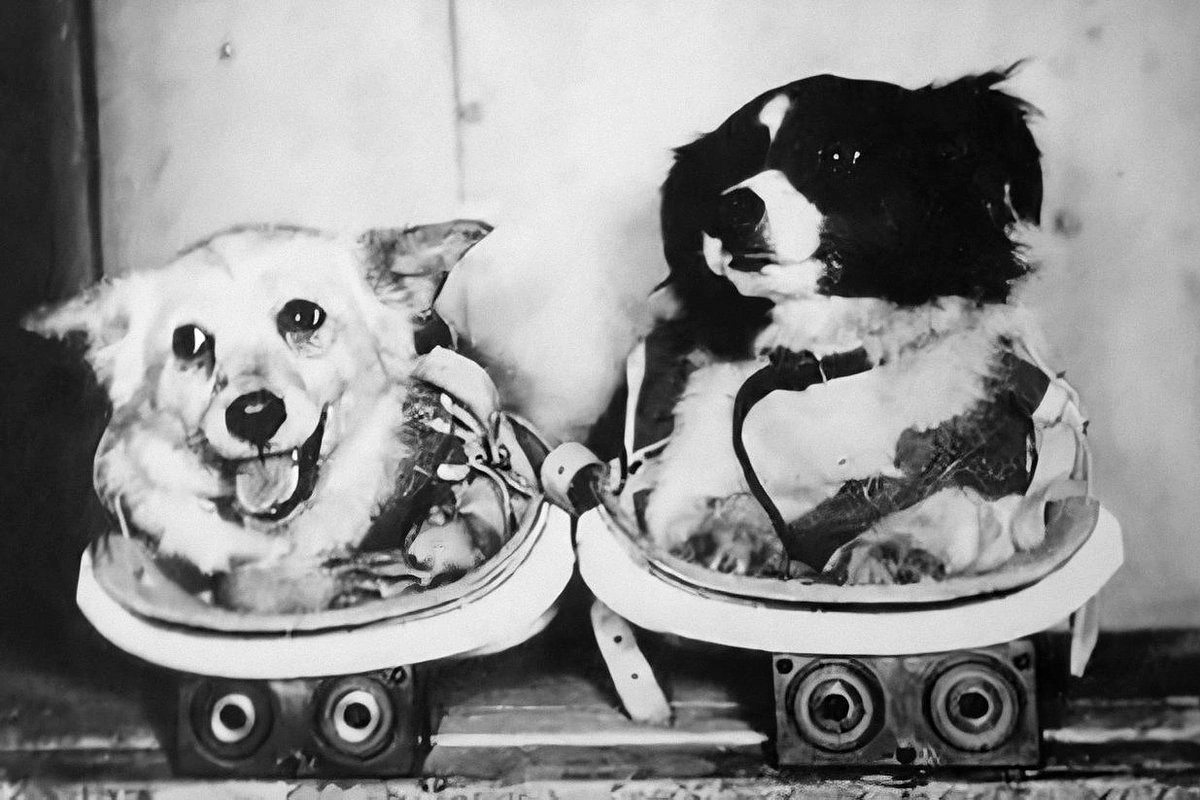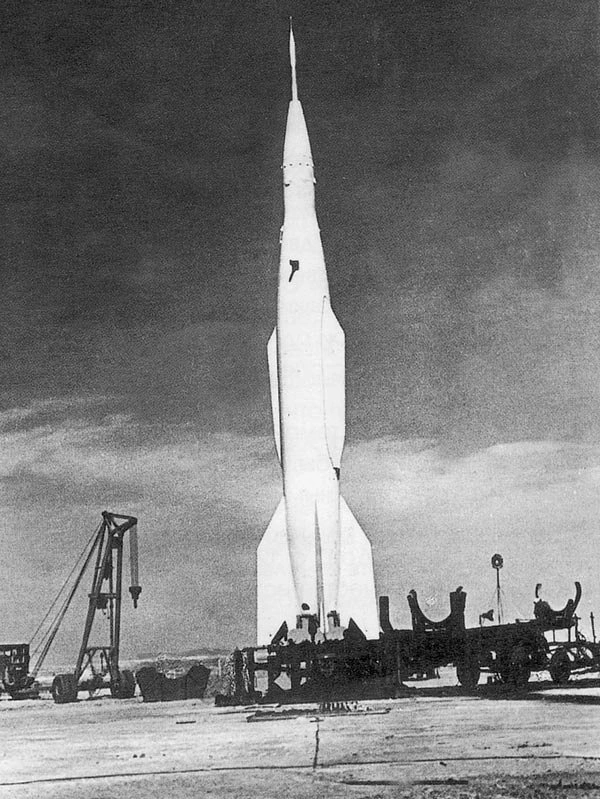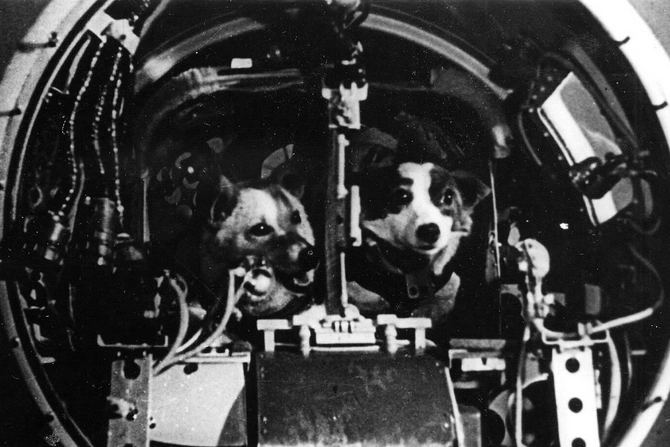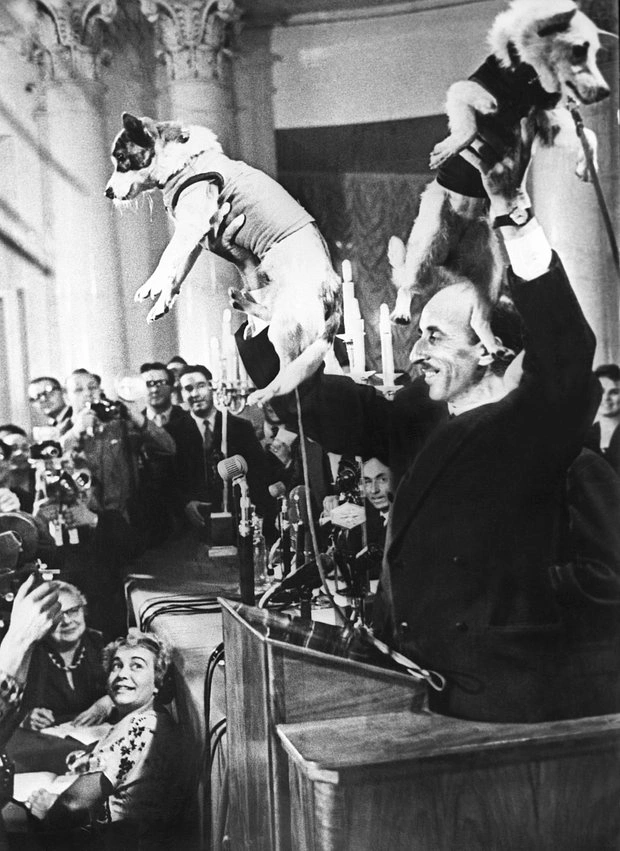65 years ago, the USSR launched Belka and Strelka into space. How did this save Gagarin's life?

Six and a half decades ago, the world witnessed a unique event: the Soviet Union sent living beings into space for the first time, who returned to Earth unharmed. Belka and Strelka, two ordinary mongrel dogs, became true heroines and proved that humans could also withstand the difficulties of space flight.
In August 1960, the dogs completed a day-long orbital flight. The spacecraft was equipped with life support systems, instruments to monitor the animals' condition, and equipment for experiments. The return of Belka and Strelka alive became a sensation. Their successful flight convinced Soviet engineers and doctors that the body is capable of enduring weightlessness, g-forces, and radiation, and that the spacecraft systems work reliably.
For Yuri Gagarin, this experience was decisive. Before the launch of Belka and Strelka, there were doubts: how would a human behave in space, would the psyche be damaged by weightlessness conditions, could the body handle the stress. The experiment with the dogs removed these concerns. The cosmonaut gained confidence that the flight was possible, and specialists became convinced that the risk was justified.
Thus, Belka and Strelka not only made history but also saved Gagarin's life. Their mission became the dress rehearsal for the first manned flight. Without them, human space travel could have been delayed for many years or become tragic.
The story of the two mongrel dogs reminds us that great discoveries always begin with small steps. Belka and Strelka proved that even the boldest dreams can be turned into reality if you move forward and test your ideas in practice.
Gallery
Similar News
Zelensky received a project from the USA on ending the Russian-Ukrainian war
President of Ukraine Volodymyr Zelensky received a draft agreement from the American side on the peaceful end of the Russian-Ukrainian war. As reported by BAKU....




 Azərbaycanca
Azərbaycanca  По-русски
По-русски  English
English 











